North American Case Study
How Lima Cell Monitor and CSAS evidence was upheld in a Shreck Hearing in Colorado
In a Denver murder case, investigators overcame a two-year-old defense challenge to cellular evidence, using Lima Cell Monitor, CSAS, and a Radio Frequency Propagation Survey (RFPS) to validate Timing Advance data. The evidence held up in a Shreck hearing, helping secure a 124-year sentence for the main defendant and convictions for three others.
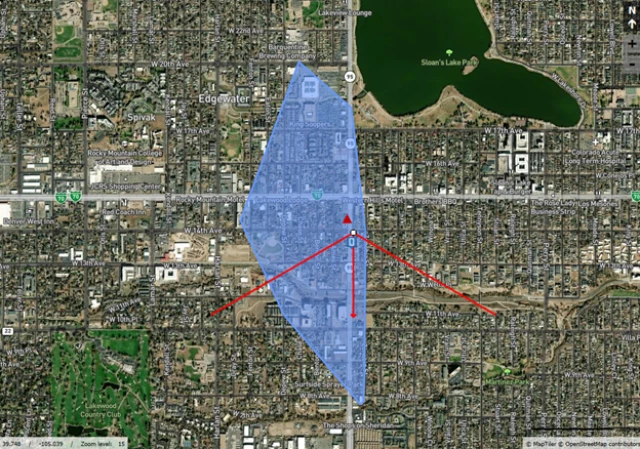
The Outcomes
124 years
Prison sentence given to the main defendant for Murder in the Second Degree.
4 defendants
Total suspects in the case, all ultimately convicted or pleaded guilty.
2 validated & trusted products
Lima Cell Monitor and CSAS challenged and upheld in court.
Key features
Timing Advance analysis and CellView insights were critical to this investigation.
The Situation
On July 31, 2022, at about 12:17 AM, a robbery-homicide occurred at a car wash in a suburb just west of downtown Denver, Colorado. Local police department homicide detectives investigated and developed probable cause to arrest multiple suspects for the robbery-homicide.
The Process
Significantly, the investigation was bolstered by the involvement of a federal violent crimes task force, whose investigators from multiple jurisdictions analysed the suspect's cellular records, including call detail records and timing advance records. Their expert opinion report was instrumental in the case and was subsequently provided to the prosecutors.
However, the legal process was not without its challenges. Over two years later, and shortly before the case was scheduled for trial, the defense made a motion to exclude the analysis of the cellular records. In their motion, the defense expert raised significant questions about the investigators' methods, arguing that a Radio Frequency Propagation Survey (RFPS) of the area was not conducted, and that there were no studies of the accuracy and reliability of timing advance records.
One particular cell site was in question, used for timing advance on a suspect’s phone at the time of the homicide. The cell site was near to the crime scene, but the antenna used faced in the opposite direction. In response, the investigators reviewed this cell site in CellView in CSAS. CellView suggested the cell site was likely to have provided service to the area of the crime scene. As CellView is for intelligence and reference purposes only, the investigators chose to use a Forensic Analytics Lima Cell Monitor and complete an RFPS of the area around the homicide scene, more than two years after the crime occurred. Specifically, investigators were looking to see if the cell site in question provide service to the crime scene. The results of the Lima RFPS showed that cell site did provide service to the area of the crime scene and surrounding roads.
A Colorado Shreck hearing was scheduled for both sides to argue their positions. A Shreck hearing is a scientific challenge to the validity and admissibility of evidence, similar to a Daubert hearing.
The Result
The results of the RFPS showed that the cell site in question provided strong service to the crime scene. Investigators theorised that the signal was reflected off a brick building only a few feet directly in the path of the cell site, sending the signal back in the opposite direction towards the crime scene.
The cellular records analysis and RFPS data, after rigorous scrutiny, were accepted in court during the Shreck hearing. The defense challenged the use of both CSAS and the Lima Cell Monitor, as their expert was not familiar with either. However, the court's acceptance of both was a clear demonstration of the legal system's adherence to standards and the compelling evidence presented.
The main defendant was found guilty of Murder in the Second Degree, and he was sentenced to 124 years in prison. The other three defendants either pleaded guilty or were found guilty. Further, this challenge to the accuracy and reliability of timing advance is in part the impetus for recent papers published by Forensic Analytics on these topics.
Images below to show
Antenna Used in Case and the Scene of Crime: Image 1-3
Photos of the cell antenna that was central to the investigation, showing the equipment used to collect the cellular data.
Cell Site Analysis with Timing Advance: Images 4-7
Investigators analysed call detail records and timing advance data to identify which cell site served the suspect’s phone at the time of the homicide. Using CellView, they visualized the questioned cell site (blue sector) and its potential coverage area, with the homicide scene marked by a red triangle.RF Survey Confirmation: Image 8
A Lima Cell Monitor Radio Frequency Propagation Survey confirmed that the questioned cell site provided strong service to the homicide scene and nearby roads, validating the timing advance analysis and CellView findings.
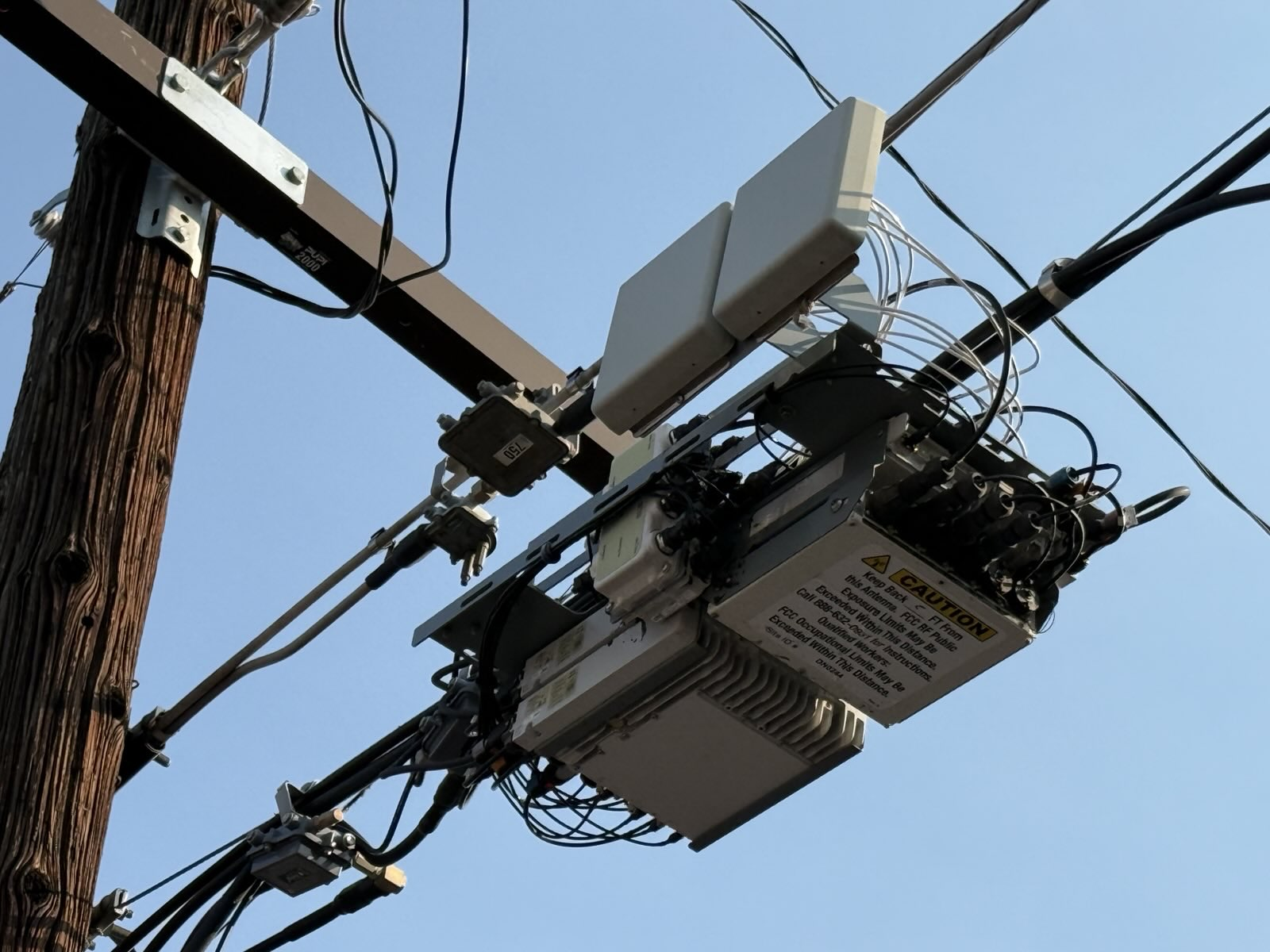
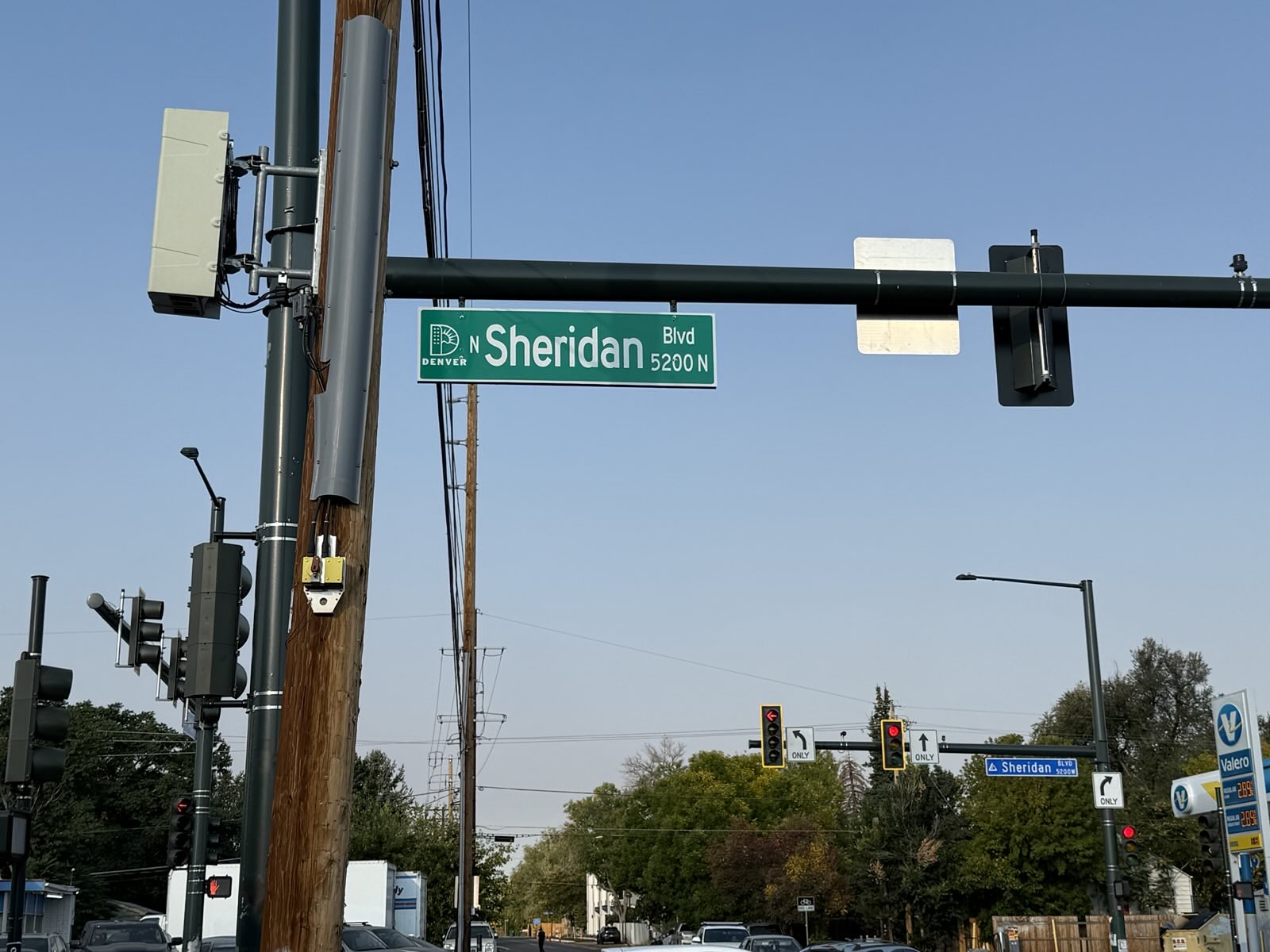

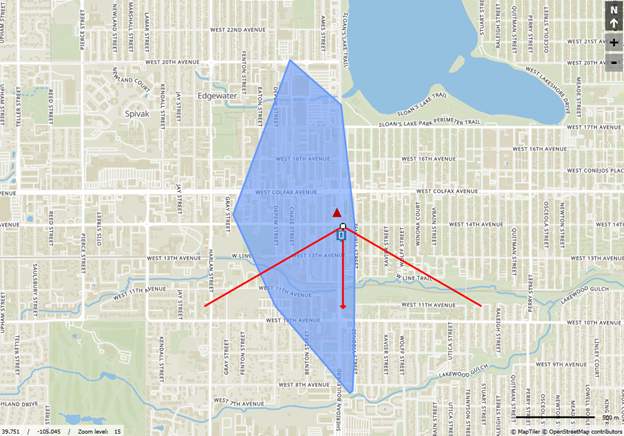
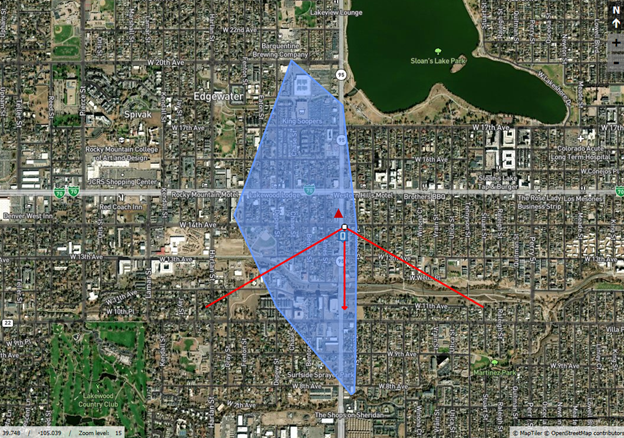
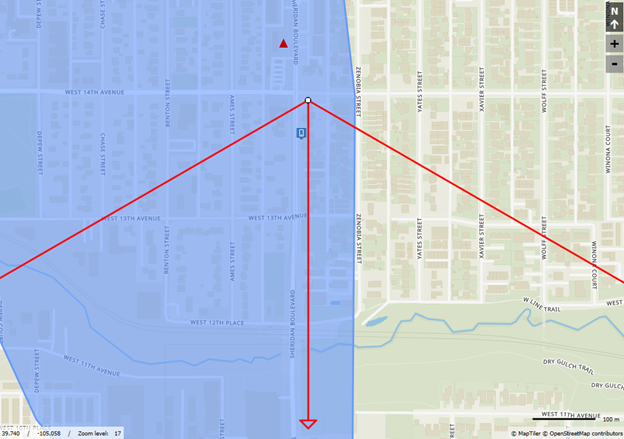
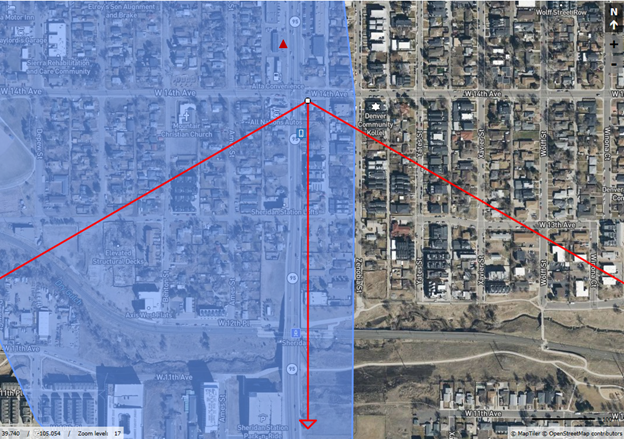
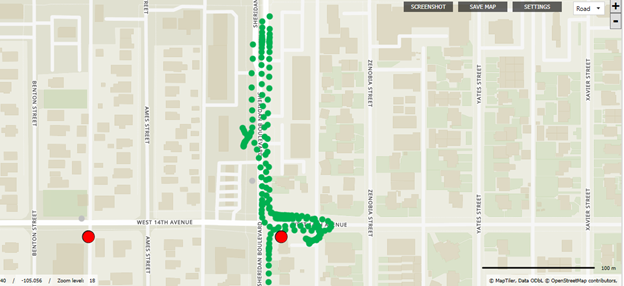
Featured Products
Discover how our Timing Advance papers, CSAS, Lima Cell Monitor and CellView products can support your investigations.
Forensic Analytics are global experts in the use of digital media in criminal investigations our CSAS and Lima Cell Monitor software is widely used by law enforcement to save time, save money and secure convictions. Our expert witnesses support the criminal justice system and our expert trainers help develop the current and future generations of investigators. If you have any questions after reading our case study, please contact us via [email protected].